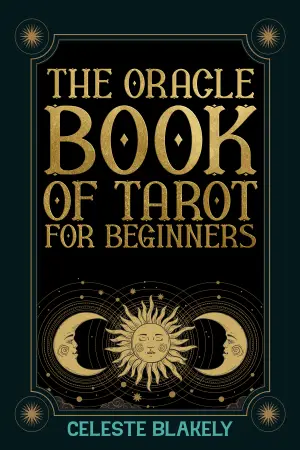A Journey Through Nostalgia: My Name Is Emilia del Valle by Isabel Allende
Isabel Allende is a name that evokes a symphony of emotions, from the sweeping landscapes of "The House of the Spirits" to the intimate moments captured in her memoirs. I was drawn to her latest work, My Name Is Emilia del Valle, not just because I cherish her storytelling but because I wanted to see how her unique lens would reinterpret a familiar narrative landscape. Yet, as I delved into Emilia’s world, I found myself on a bittersweet journey through the shadows of nostalgia—an experience that left me tangled between affection for the past and a yearning for something fresh.
In My Name Is Emilia del Valle, Allende introduces us to Emilia, the illegitimate daughter of a Chilean aristocrat and an American beauty. The novel traverses familiar terrain, echoing plot elements we’ve seen before in Allende’s earlier works. Emilia’s rise as a “girlboss” navigating the patriarchal world of 19th-century California and her return to her roots in the turbulent backdrop of the Chilean Civil War feels like a rehash—revisiting themes of identity and familial legacy that resonate deeply but seem to stall in a loop of repetition.
Allende’s prose, always infused with her signature warmth, sometimes falls flat, lacking the vibrancy that once drew me in. Her narrative style oscillates between engaging and tedious, occasionally reading like a travelogue with an emotional detachment. While Emilia’s experiences in Chilean society provide a canvas to explore broader themes of conflict, the execution feels superficial, glossing over crucial complexities instead of delving into the heartfelt exploration I yearn for as a reader.
What struck me, however, was the layered exploration of nostalgia—an emotion that resonates deeply within my own experience. I, too, have grappled with the pull of memories, of places left behind and lives once lived. It’s an intoxicating allure, yet Allende’s depiction feels at times overly sentimental, bordering on stagnation. It prompts a question: When does nostalgia become a barrier to growth, not just for the author but also for her characters?
One moment that lingered with me was Emilia’s exchange with her stepfather, where she reflects on belonging and acceptance. It tugged at my heartstrings but also made me wish for more depth; the emotional investment felt muted against the background of repetitiveness. The dialogue frequently falls into the territory of “telling” rather than “showing,” which steals the weight of crucial moments, leaving the reader longing for richer interactions.
For those who have enjoyed Allende’s other works, particularly the rich tapestry of the del Valle family saga, My Name is Emilia del Valle may offer comfort and familiarity. However, if you’re seeking innovation or a fresh perspective, this might not be the journey you hope for. The novel feels like a gentle call for Allende to step beyond the shadow of nostalgia and explore new territories—an invitation, if you will, from an avid reader who deeply cherishes her earlier works.
In closing, while My Name Is Emilia del Valle is an engaging read filled with the essence of Allende’s style, it ultimately left me yearning for a narrative that embraces the future rather than one that is tethered to the past. I finished the book feeling a mixture of gratitude for Allende’s continued storytelling and a hopeful anticipation for what she might create next. Let go, Isabel, and explore what lies beyond the edges of nostalgia. Your readers are eager for new horizons.
Discover more about My Name Is Emilia del Valle on GoodReads >>

















